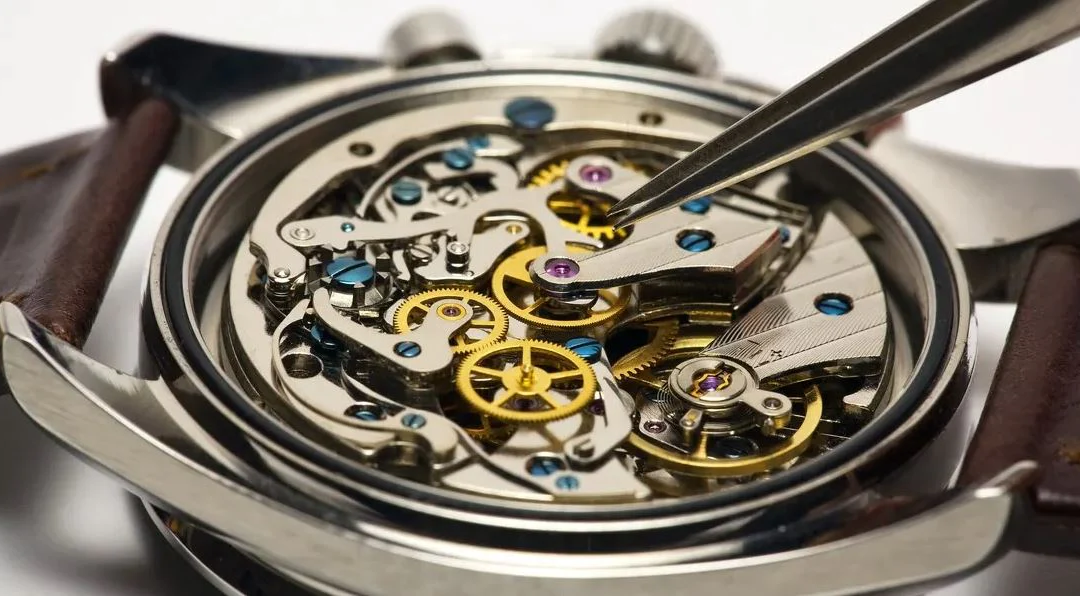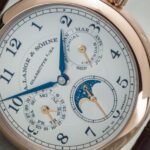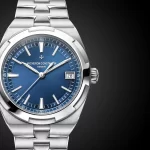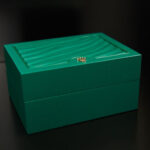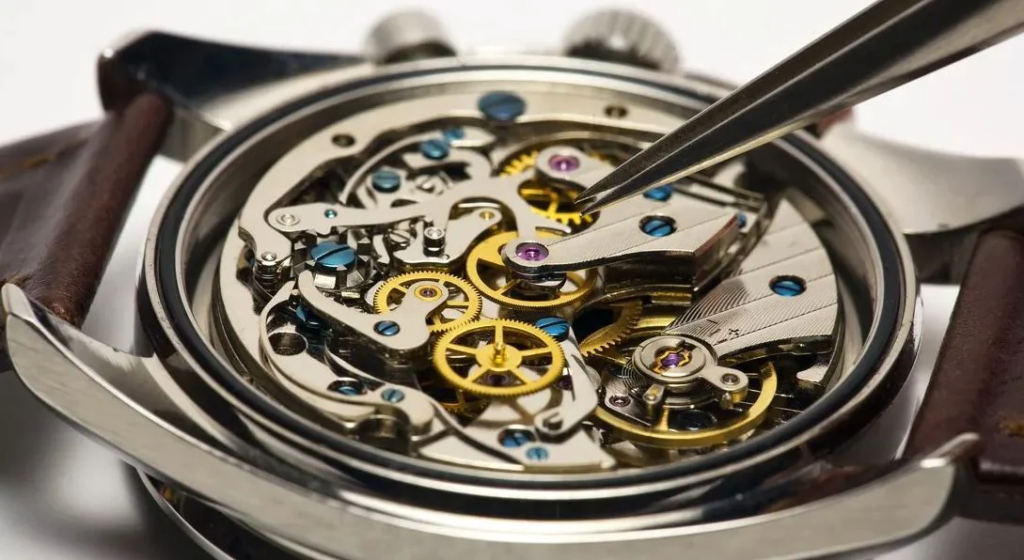
Mechanical watches are a type of timepiece that use a complex system of gears and springs to keep time. Unlike quartz watches, which use an electronic oscillator to keep time, mechanical watches rely on the movement of the wearer’s wrist to keep the gears and springs wound and functioning properly.
The heart of a mechanical watch is the movement, which is the collection of gears, springs, and other mechanical components that work together to keep time.
At the center of the movement is the balance wheel, which oscillates back and forth at a constant rate.
This movement is controlled by a spring called the mainspring, which is wound by the wearer and powers the movement of the watch.
As the mainspring unwinds, it powers the movement of the watch, causing the gears to turn and the hands on the watch face to move.
The movement of the gears is regulated by the escapement, which is a system of pallets and an anchor that controls the release of energy from the mainspring.
Mechanical watches can be further divided into two categories: manual wind and automatic. Manual wind watches require the wearer to manually wind the mainspring on a regular basis to keep the watch running.
Automatic watches, on the other hand, use the movement of the wearer’s wrist to wind the mainspring, eliminating the need for manual winding.
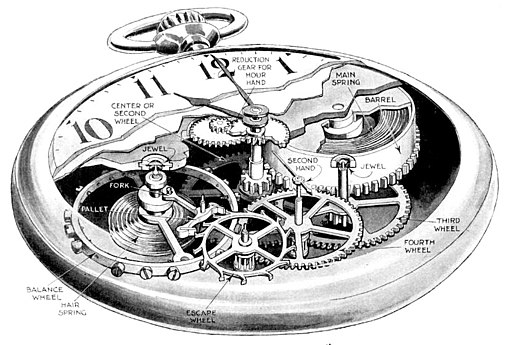
In addition to the movement, mechanical watches also have a variety of other components, including the case, the dial, and the hands.
The case is the outer housing of the watch, and it can be made of a variety of materials, such as gold, silver, or stainless steel. The dial is the face of the watch, and it often includes hour markers and hands to show the time.
There are two main types of mechanical watches: manual wind and automatic. Manual wind watches require the user to wind the watch by turning the crown on the side of the case. This winds the spring, which provides the power needed to keep the watch running.
Automatic watches, on the other hand, are wound by the movement of the wearer’s wrist. As the wrist moves, a rotor inside the watch spins, which winds the spring and keeps the watch running.
The mechanical movement of a watch is made up of a series of gears, springs, and other components that work together to measure and display the time.
At the heart of the movement is the balance wheel, which oscillates back and forth at a precise frequency. This oscillation is regulated by the balance spring, which helps to keep the balance wheel moving at a consistent rate.
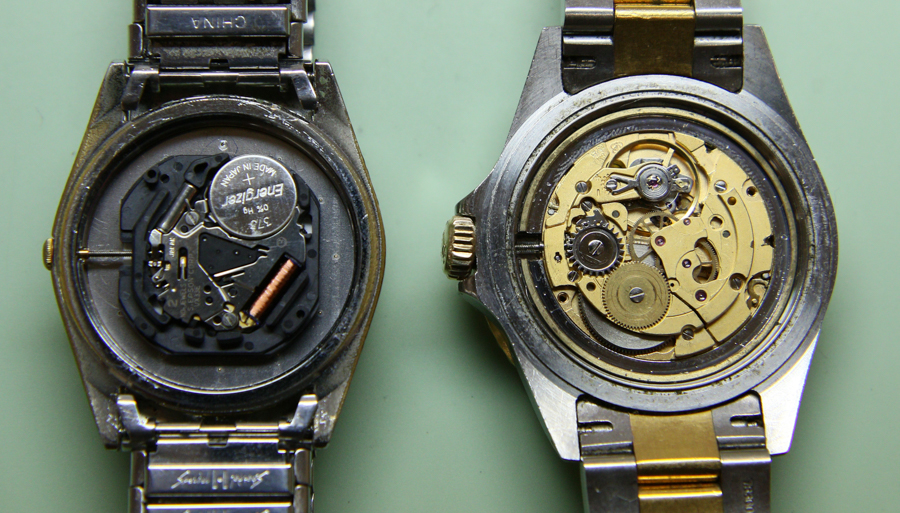
The movement of the balance wheel is transmitted to the rest of the watch through a series of gears and levers. These components convert the oscillations of the balance wheel into a precise measurement of time, which is then displayed on the watch face.
One of the key characteristics of a mechanical watch is its accuracy. While modern electronic watches are generally more accurate than mechanical watches, mechanical watches are prized for their craftsmanship and the skill that goes into making them.
Many mechanical watch enthusiasts appreciate the traditional techniques and attention to detail that go into creating a high-quality mechanical movement.
Overall, mechanical watches are a marvel of engineering and craftsmanship, with intricate and beautifully designed movements that have been captivating watch enthusiasts for centuries.
While they may not be as accurate as quartz watches, they are prized for their beauty, craftsmanship, and the fact that they are powered by human movement, making them a truly timeless piece of art.

